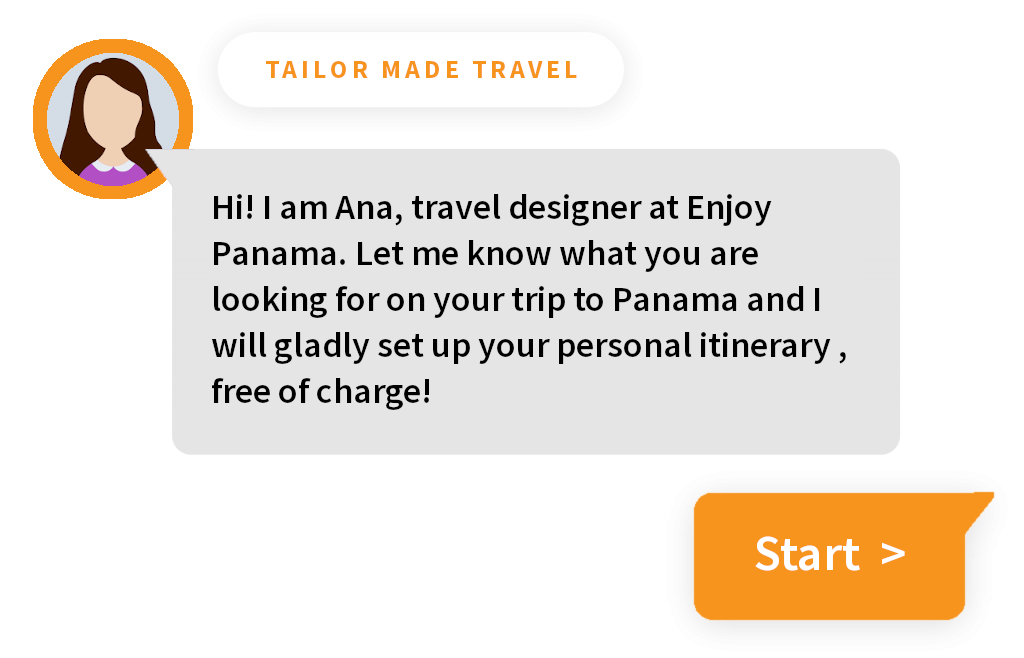Panama Facts
Republic of Panama
Central America
Capital: Panama City
Population: 4,515,577
Area: 75,517 km2
Money: Balboa, U.S. dollar
Panama Embassy
About Panama
Panama is a country on the isthmus linking Central and South America. The Panama Canal, completed in 1914 by the U.S Government, cuts through its center, linking the Atlantic and Pacific oceans to create an essential shipping route. In the capital, Panama City, modern skyscrapers contrast with the colonial buildings in the Casco Viejo district and the rainforest of the Metropolitan Park. Panama's islands are a favorite to visit, with more than 1400 islands, some are Caribbean, some are Pacific and some lie near the Panama Canal. Most of them have white sand beaches and crystal blue waters, the perfect destination for water activities and relaxation.
Geography
Panama is located in Central America, bordering Costa Rica to the west and Colombia to the east. The Caribbean Sea borders Panama to the north and the Pacific Ocean to the south. The landscape consists of mountains, coastal lowlands and archipelagos. Panama's extensive coastal lowlands makeup more than 85% of the country's land area. Panama is the only country in the world in which you can see the sun rise in the Pacific Ocean and set on the Atlantic from the top of the highest point in the country, Volcan Baru.
Climate
During the rainy season from May to November, the weather can be hot and steamy in the lowlands when the humidity makes the heat more oppressive than otherwise. Rain in Panama tends to come in sudden short downpours and is usually followed by sunshine.
People & Culture
Panama's culture is the result of its geographical location and history. The movement of people throughout the country's history created a melting pot of cultures that resulted in a highly diverse and unique national identity. There are elements in the folklore of the central provinces that were highly influenced by the Spanish colonizers, such as the national dress "The Pollera" and the golden jewelry that is worn with the outfit. The northern province of Colon was very influenced by its large number of Afro-Antillean descendants that brought some of their customs into the local culture, as in the "Congo Queen" dance and colorful Caribbean outfits. Elements of the local indigenous communities, the original inhabitants of the isthmus, can also still be seen in the country's idioms and traditions, and in their most traditional sense within the indigenous territories.
The Panama Canal
The Panama Canal is an artificial 82 kms (51-mile) waterway that connects the Atlantic Ocean with the Pacific Ocean, cutting across the Isthmus of Panama. It is considered one of the 7 wonders in the world. It serves as a maritime shortcut that saves time and costs in transporting all kinds of goods. The first firm effort to build an all-water route through Panama began with the French in 1880, but financial troubles and diseases made the initiative fail. After its independence in 1903, Panama negotiated an agreement with the United States for the construction of the Canal which the U.S. would finish on August 15, 1914 and then manage the waterway until 1999. The waterway is now managed by the Panama Canal Authority (ACP for its Spanish acronym), an autonomous government entity.
Location and Map
Panama is located in Central America. It's a narrow isthmus that connects North America and South America. Panama is bordered by Costa Rica to the west and Colombia to the east. It also has coastlines on the Pacific Ocean to the south and the Caribbean Sea to the north. Tocumen International Airport (PTY) is located just outside the city.


